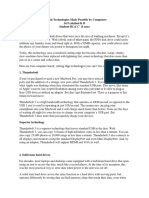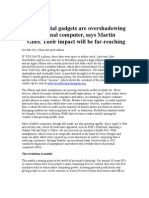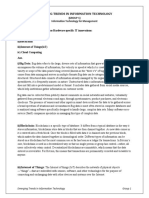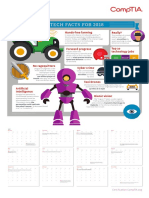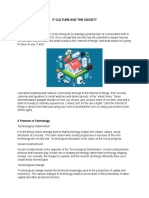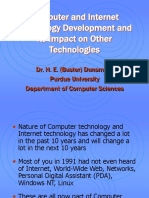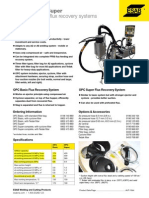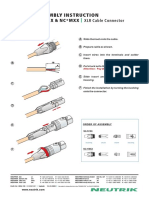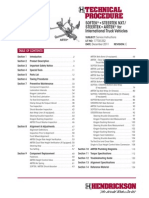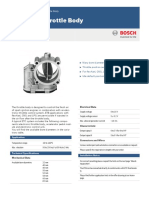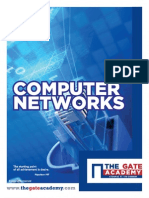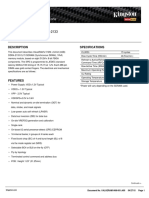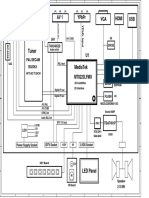Google Builds Artificial Brain Which Can Recognize A Cat
The Google X laboratory has invented some pretty cool stuff: refrigerators that can order groceries when your food runs low, elevators that can perhaps reach outer space, self-driving cars. So its no surprise that their most recent design is the most advanced, highest functioning, most awesome invention ever a computer that likes watching YouTube cats? Okay, its a bit more advanced than that. Several years ago, Google scientists began creating a neural network for machine learning. The technique Google X employed for this project is called the deep learning, a method defined by its massive scale. In laymans terms, they connected 16,000 computer processors and let the network they created roam free on the Internet so as to simulate a human brain learning. Stanford University computer scientist Andrew Y. Ng, led the Google team in feeding the neural network 10 million random digital images from YouTube videos. The machine was not supervised, i.e. it was not told what a cat is or what features a cat has; it simply looked at the data randomly fed to it. Ng found that there was a small part of the computers brain that taught itself to recognize felines. It basically invented the concept of a cat, Google fellow Jeff Dean told the New York Times. So Google may have created a machine that can teach itself. But what Ng and his team have done is not as new as you may think. Over the years, as the scale of software simulations has grown, machine learning systems have advanced; last year, Microsoft scientists suggested that the deep learning technique could be used to build computer systems to understand human speech. This Google X machine is the cream of the croptwice as accurate as any other machine before it. However, it is worth noting that our network is still tiny compared to the human visual cortex, the researchers wrote, which is a million times larger in terms of the number of neurons and synapses. After viewing random pictures from random YouTube videos, the neural network created a digital image of a cat based on its memory of the shapes it saw in the images. The cat the computer created is not any specific cat, but what the computer imagines to be a cat. Plato had his Forms, and now Google has its computer-generated cat image.
�Intel Launches Next-gen Ivy Bridge Processors With 3D Transistors
ntel has officially launched the first wave of its Ivy Bridge processors with a new tri-gate transistor technology, touting the new chips as the worlds first 22 nanometer product. Intels new Ivy Bridge processors use a new tri-gate transistor technology to boost processing power while reducing the amount of energy needed.
Traditional planar chip design (left) and Intel's new Tri-Gate technology (right). The initial release includes 13 quad-core processors, most of which will be targeted at desktop computers. Further dual core processors, suitable for ultrabooks thin laptops will be announced later this spring. Intel and PC manufacturers expect the release to drive a wave of new sales. The momentum around the system design is pretty astonishing, Intels PC business chief, Kirk Skaugen, who is spearheading the launch, told the BBC. This is the worlds first 22 nanometre product and well be delivering about 20% more processor performance using 20% less average power. The firm has already built three factories to fabricate the new chips and a fourth will come online later this year. This is Intels fastest ramp ever, Mr Skaugen added. There will be 50% more supply than we had early in the product cycle of our last generation, Sandy Bridge, a year ago. And were still constrained based on the amount of demand were seeing in the marketplace.
�Intel's new Ivy Bridge processors use a new tri-gate transistor technology to boost processing power while reducing the amount of energy needed Low power: The fact that Intels new transistor technology the on/off switches at the heart of its chips are more power-efficient could be crucial to its future success.
Intel's Ivy Bridge chip Tri-gate transistors: Intel hopes a new transistor technology, in development for 11 years, will help it challenge Arms reputation for energy efficiency. Bell Labs created the first transistor in 1947, and it was about a quarter of the size of an American penny. Since then, engineers have radically shrunk them in size so there are now more than one billion fitted inside a single processor. It all poses quite a challenge to Intels main competitor in the PC processor market Advanced Micro Devices. AMD plans to reduce the amount of power its upcoming Piledriver chips consume by using resonant clock mesh technology a new process which recycles the energy used by the processor. However, full details about how it will work and a release date are yet to be announced.
We are targeting 20 times better battery life on standby always on, always connected, Mr Skaugen said about the update, due for release in 2013. So you can get all your files and emails downloaded onto your PC while its in your bag, and still get more than 10 days of standby and all-day battery life.
�Gartner: Personal Cloud Will Replace The Personal Computer By 2014
The personal computer has long been the essential tool of corporate employees, keeping all the secrets and spreadsheets of a business across a network of machines. But now, as the cloud technology trending recently, according to Gartner, Inc. the reign of the personal computer as the sole corporate access device is coming to a close, and by 2014, the personal cloud will replace the personal computer at the center of users digital lives. Gartner analysts said the personal cloud will begin a new era that will provide users with a new level of flexibility with the devices they use for daily activities, while leveraging the strengths of each device, ultimately enabling new levels of user satisfaction and productivity. However, it will require enterprises to fundamentally rethink how they deliver applications and services to users. Major trends in client computing have shifted the market away from a focus on personal computers to a broader device perspective that includes smartphones, tablets and other consumer devices, said Steve Kleynhans, research vice president at Gartner. Emerging cloud services will become the glue that connects the web of devices that users choose to access during the different aspects of their daily life. Many call this era the post-PC era, but it isnt really about being after the PC, but rather about a new style of personal computing that frees individuals to use computing in fundamentally new ways to improve multiple aspects of their work and personal lives, Mr. Kleynhans said.
�The Next Paradigm Shift: Personal Cloud Computing Several driving forces are combining to create this new era. These mega trends have roots that extend back through the past decade but are aligning in a new way. Megatrend No. 1: Consumerization You Aint Seen Nothing Yet Gartner has discussed the consumerization of IT for the better part of a decade, and has seen the impact of it across various aspects of the corporate IT world. However, much of this has simply been a precursor to the major wave that is starting to take hold across all aspects of information technology as several key factors come together:
Users are more technologically-savvy and have very different expectations of technology. The internet and social media have empowered and emboldened users. The rise of powerful, affordable mobile devices changes the equation for users. Users have become innovators. Through the democratization of technology, users of all types and status within organizations can now have similar technology available to them.
�Megatrend No. 2: Virtualization Changing How the Game Is Played Virtualization has improved flexibility and increased the options for how IT organizations can implement client environments. Megatrend No. 3: App-ification From Applications to Apps When the way that applications are designed, delivered and consumed by users changes, it has a dramatic impact on all other aspects of the market. Megatrend No. 4: The Ever-Available Self-Service Cloud The advent of the cloud for servicing individual users opens a whole new level of opportunity. Every user can now have a scalable and nearly infinite set of resources available for whatever they need to do. Megatrend No. 5: The Mobility Shift Wherever and Whenever You Want Today, mobile devices combined with the cloud can fulfill most computing tasks, and any tradeoffs are outweighed in the minds of the user by the convenience and flexibility provided by the mobile devices. The combination of these mega trends, coupled with advances in new enabling technologies, is ushering in the era of the personal cloud, said Mr. Kleynhans. In this new world, the specifics of devices will become less important for the organization to worry about. Users will use a collection of devices, with the PC remaining one of many options, but no one device will be the primary hub. Rather, the personal cloud will take on that role. Access to the cloud and the content stored or shared in the cloud will be managed and secured, rather than solely focusing on the device itself.











